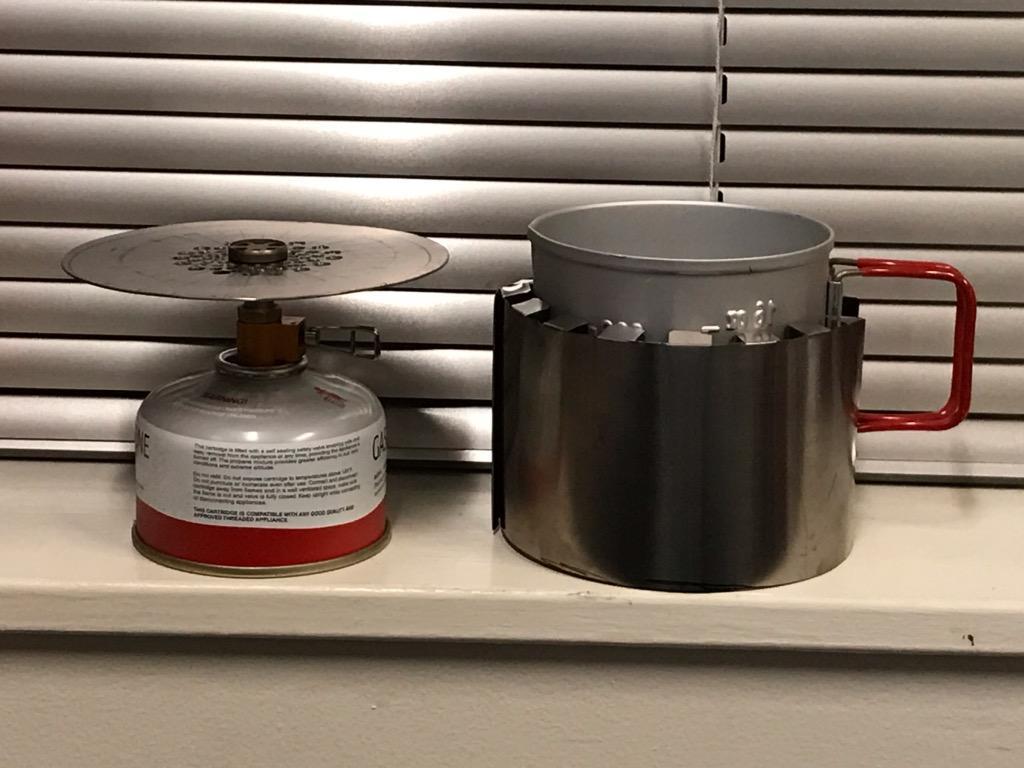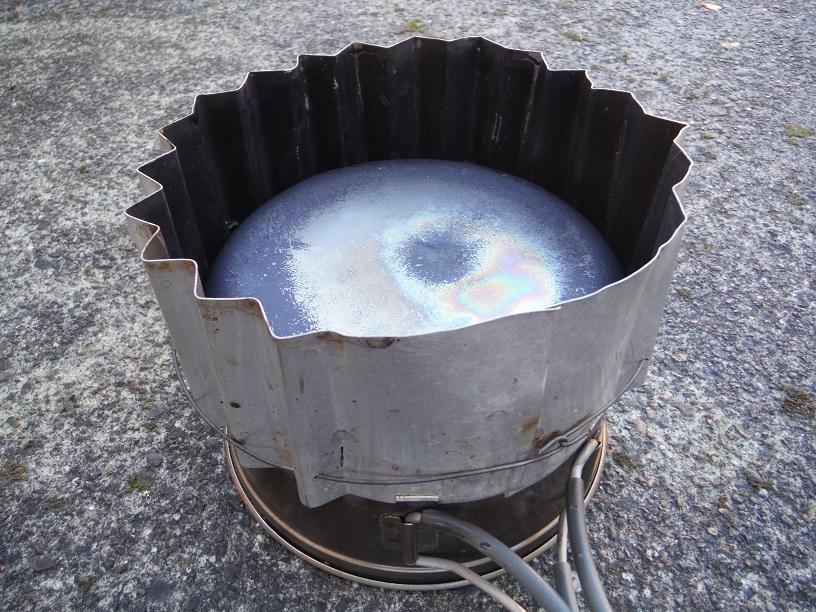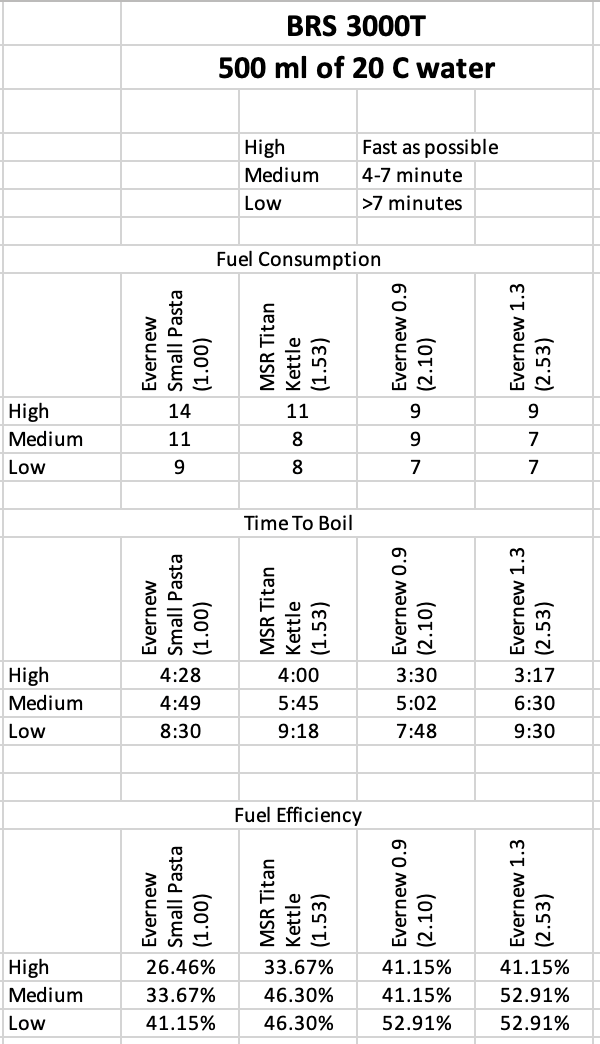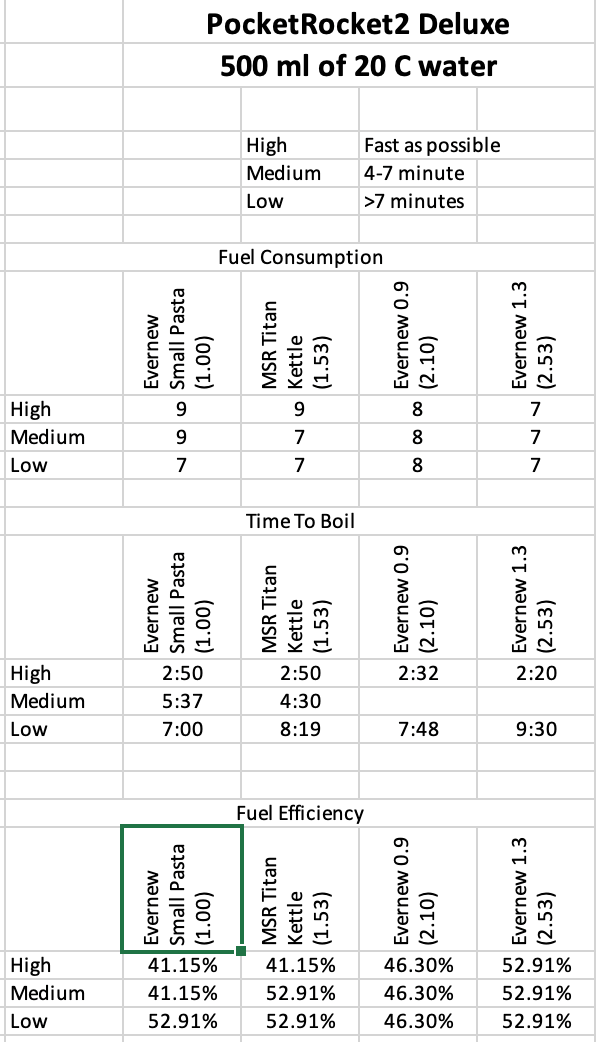Topic
What Impacts Fuel Efficiency? Pot diameter?, Burn Rate? Stove Design?
Forum Posting
A Membership is required to post in the forums. Login or become a member to post in the member forums!
Home › Forums › Gear Forums › Gear (General) › What Impacts Fuel Efficiency? Pot diameter?, Burn Rate? Stove Design?
- This topic has 34 replies, 15 voices, and was last updated 2 years, 11 months ago by
 Jon Fong / Flat Cat Gear.
Jon Fong / Flat Cat Gear.
-
AuthorPosts
-
Mar 18, 2021 at 3:13 pm #3705246
This is very interesting. I always assumed that the wider pots were more efficient, but I didn’t get the subtleties. I think the big takeaway is that you waste a lot of heat when the flame spills out over the side. If you have a narrow pot, you want to keep it on low. If you have a wide pot, you can crank it up higher.
Mar 18, 2021 at 4:11 pm #3705259if I am short of fuel, like if I wanted to stretch a canister to do one more day, then I’ll run it slow to be more efficient
like, maybe I can take a 4 ounce canister rather than have to use an 8 ounce canister or take a spare 4 ounce canister
Mar 18, 2021 at 4:40 pm #3705266The key takeaways are:
- The BRS stove has terrible latitude and can easily consume a LOT of fuel. Most stoves are not like this and have much better fuel efficiencies
- Selecting a wide pot could save you 20% on fuel (9 grams down to 7 grams)
- The micro-regulated stoves have the ability to boil super fast and are still fuel efficient
Mar 18, 2021 at 7:02 pm #3705285Having the flame actually hit the pot bottom and not escape around the sides is the main thing.
As a kid my engineering-minded dad beat that into my brain any time I put a pot on the stove. We were not allowed to EVER let the flames go outside the radius of the pot. I thought it was weird how all these Zenstoves pages made a big deal about heating up the sides of the pot. I thought that had to be wrong. Turns out my dad was right.
Mar 18, 2021 at 8:03 pm #3705290There is a pretty simple test. Take your pot/mug and make sit swirl a a bit. The water will slosh to a slightly higher level. If it boils at that interface, the walls are greater than 212F and you are using excess energy. My 2 cents.
Mar 18, 2021 at 10:47 pm #3705314Nicely done Jon. I have been thinking about a larger pot for awhile.
Wind is indeed another factor, more difficult to replicate in controlled tests. I can share that I obtained and was enjoying a MSR Pro, but getting bad mileage compared to my BSR with homemade windscreen. The MSR works great, but employing wind blocking of some sort does make a big difference.
Mar 19, 2021 at 5:40 am #3705328I am a fan of a wide pot and a windscreen for max efficiency and to make sure all the heat rolls up the side of the pot, even with the flame no wider than the pot bottom.
Mar 19, 2021 at 2:51 pm #3705415Maybe a windscreen that funnels heat up the side of wide pots to maximize fuel efficiency:
https://backpackinglight.com/forums/topic/td-sidewinder-as-canister-stove-upper-windshield/
The usual disclaimers apply: don’t try this at home, wait until you are alone and days into the backcountry, far from help.
— Rex
Mar 19, 2021 at 3:12 pm #3705425My over thought is that capturing the heat up the sides is a good idea. My concern is that the TD cones were designed around alcohol/Esbit and not for canister stoves.
David Gardner is working on this design (specifically for canister topped stoves):

I think that it looks very promising in it’s ability to capture more energy.
Jerry Adams was working on one as well.
 Mar 27, 2022 at 10:08 am #3744379
Mar 27, 2022 at 10:08 am #3744379I am bring back an old thread because a question was asked, “why should I care about stove linearity?”. The answer is that most people already compensate for non-linearity. Big pots are more efficient that small, narrow pots and lower burn rates can be more efficient that higher burn rates. Look at the chart below:

If you look at the last table (last row), at the BRS 3000 on a low burn rate. The difference between a small pot and a large pot is over 10% (52.91% to 41.15%). If you look at the first column (small pots) the difference between low burn rate and high is about 15% (41.15% to 26.46%). So, yes, this stove is highly non-linear.
Now compare the results from the Pocket Rocket Deluxe.

On the last table, comparing the last row (low) the Pocket Rocket Deluxe is very linear. However, at high burn rates it is not there is about an 11% difference (41.15% to 52.91%). Looking at the last table (first column) you can see that with small diameter mugs there is also a non-linearity 11% (51.92% to 41.15%). So yes, non-linearity makes a difference and matter.
-
AuthorPosts
- You must be logged in to reply to this topic.
Forum Posting
A Membership is required to post in the forums. Login or become a member to post in the member forums!
Trail Days Online! 2025 is this week:
Thursday, February 27 through Saturday, March 1 - Registration is Free.
Our Community Posts are Moderated
Backpacking Light community posts are moderated and here to foster helpful and positive discussions about lightweight backpacking. Please be mindful of our values and boundaries and review our Community Guidelines prior to posting.
Get the Newsletter
Gear Research & Discovery Tools
- Browse our curated Gear Shop
- See the latest Gear Deals and Sales
- Our Recommendations
- Search for Gear on Sale with the Gear Finder
- Used Gear Swap
- Member Gear Reviews and BPL Gear Review Articles
- Browse by Gear Type or Brand.







